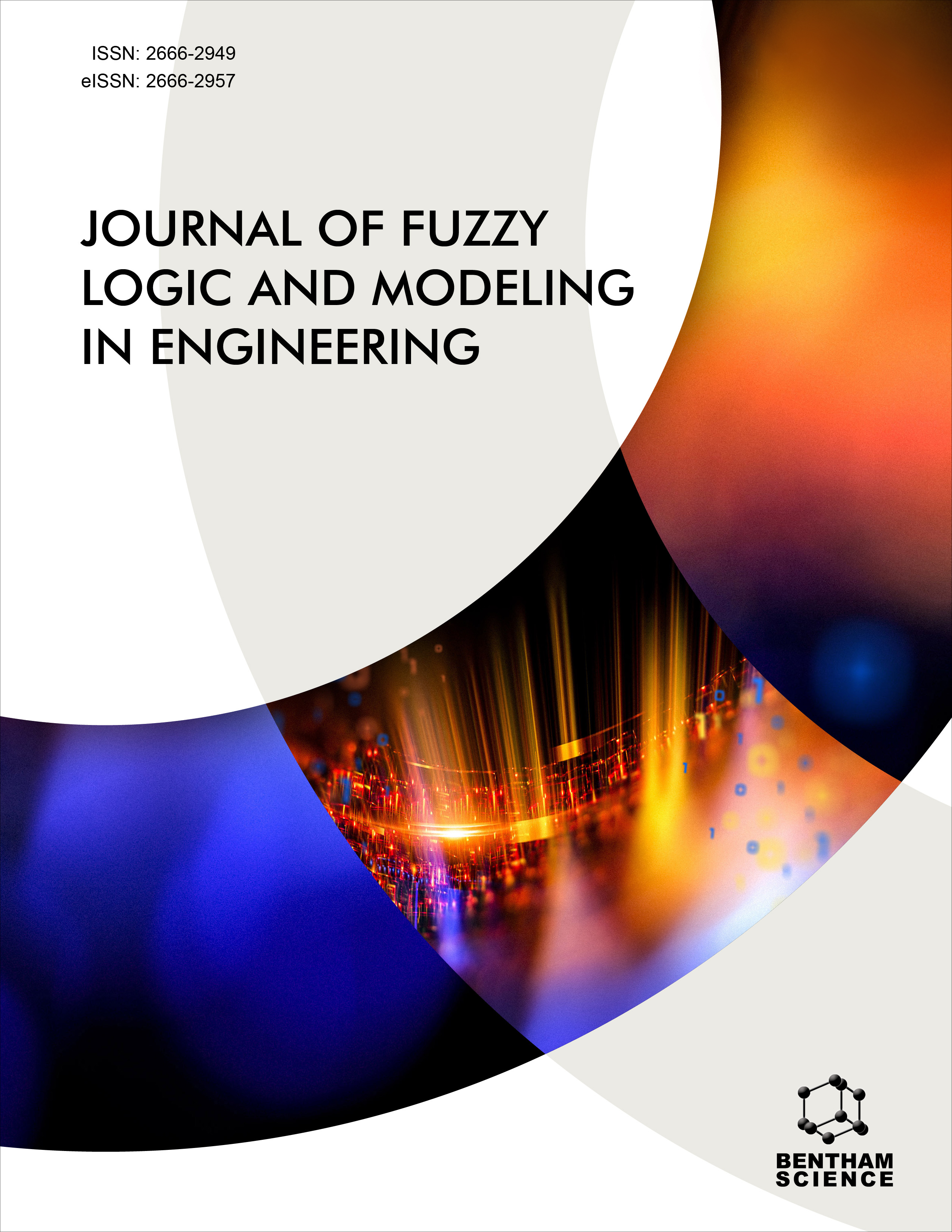- Home
- A-Z Publications
- Journal of Fuzzy Logic and Modeling in Engineering
- Previous Issues
- Volume 1, Issue 2, 2022
Journal of Fuzzy Logic and Modeling in Engineering - Volume 1, Issue 2, 2022
Volume 1, Issue 2, 2022
-
-
A Fuzzy Multi-Criteria Decision Making Methodology for Job Evaluation
More LessAuthors: Ahmet Sarucan, Aysel Söğüt and Mehmet Emin BaysalIntroduction: In this study, the integrated methods Hesitant Fuzzy Analytic Hierarchy Process (HF-AHP), Fuzzy COmplex Proportional Assessment (F-COPRAS), and Fuzzy Technique for Order Performance to Ideal Solution (F-TOPSIS) were used for job evaluation studies in a food company. Background: There has been a decline in employee performance in the company. Unfair wages and unequal workload were identified as Read More
-
-
-
Multi-Shift Single-Vehicle Routing Problem Under Fuzzy Uncertainty During the COVID-19 Pandemic
More LessBackground: This work studies the single vehicle routing problem (VRP) with multi-shift and fuzzy uncertainty. In this case, a company perpetually exploits a vehicle to accomplish demand over a scheduling period of several work shifts. In our problem, a crew performs maintenance jobs at different locations. The working team operates in different shifts with a maximum duration but recurrently returns to the depot by the e Read More
-
-
-
A Game Theory-based Approach to Fuzzy Linear Transportation Problem
More LessAuthors: Gizem Temelcan, Hale Gonce Kocken and Inci AlbayrakBackground: Transport models have wide application areas in the real world and play an important role in reducing transportation costs, increasing service quality, etc. These models may have uncertain transportation costs and supply or demand capacities of the product. Hence, it would be effective to model the vagueness of customer demands, economic conditions, and technical or non-technical uncertainties because of u Read More
-
-
-
Evaluation of Online Grocery Platform Alternatives Using Fuzzy Z-Numbers
More LessAuthors: Duygu Sergi and Irem Ucal SariBackground: Retail management has evolved into a new business model with the development of online shopping habits. There may be significant differences between onsite service and online service in terms of customer expectations. Introduction: In this study, companies providing online grocery services in Turkey are evaluated by examining the services they provide from the perspective of customers. Fuzzy Z numbers, w Read More
-
-
-
A Novel Construction Method of (OP) Polynomial and Rational Fuzzy Implications
More LessAuthors: Maria N. Rapti and Basil K. PapadopoulosIn this article, we develop new constructed methods with specific conditions. The first method is a generalization of convex combination using n fuzzy implications. The second method is a parameterization of Lukasiewicz implication in an Ordering Property (OP) fuzzy implication form. The innovation in this work is the presentation of three new constructed methods of (OP) polynomial and (OP) rational fuzzy implications. We Read More
-
-
-
FMEA Method Using Spherical Fuzzy Sets for Risk Analysis of the Tech Startup
More LessAuthors: Fatma Yoşlı, Gül Tekin Temur and Bersam BolatIntroduction: Tech startups are fast-growing businesses that target the demands of the marketplace by developing innovative products, services, or platforms. Startups ensure socially, economically, or environmentally more effective alternatives by using or by creating appropriate technologies. Many factors have become prominent regarding the success and sustainability of the product or service offered by the startup: investm Read More
-
-
-
Application of Fuzzy Neutrosophic Cone in Decision Making
More LessAuthors: Sujit Kumar de, Kousik Bhattacharya and Biswajit RoyAims: This article deals with a new decision-making process under a neutrosophic fuzzy environment. First of all, we develop various types of neutrosophic set by means of neutrosophic cones. In fact, this set has been developed from the general equation of second degree in the field of classical geometry. Considering the neutrosophic components “true membership”, the “falsity membership” and the “indeterminacy” as Read More
-
Volumes & issues
Most Read This Month
Article
content/journals/flme
Journal
10
5
false
en


